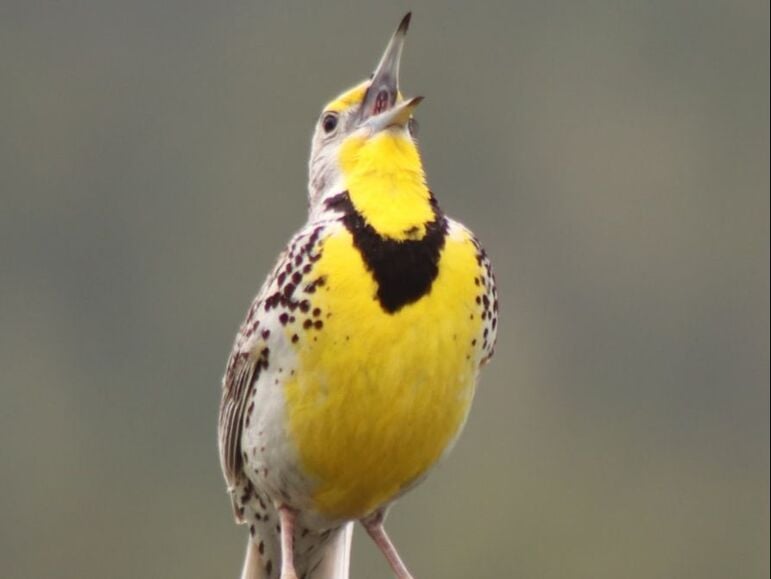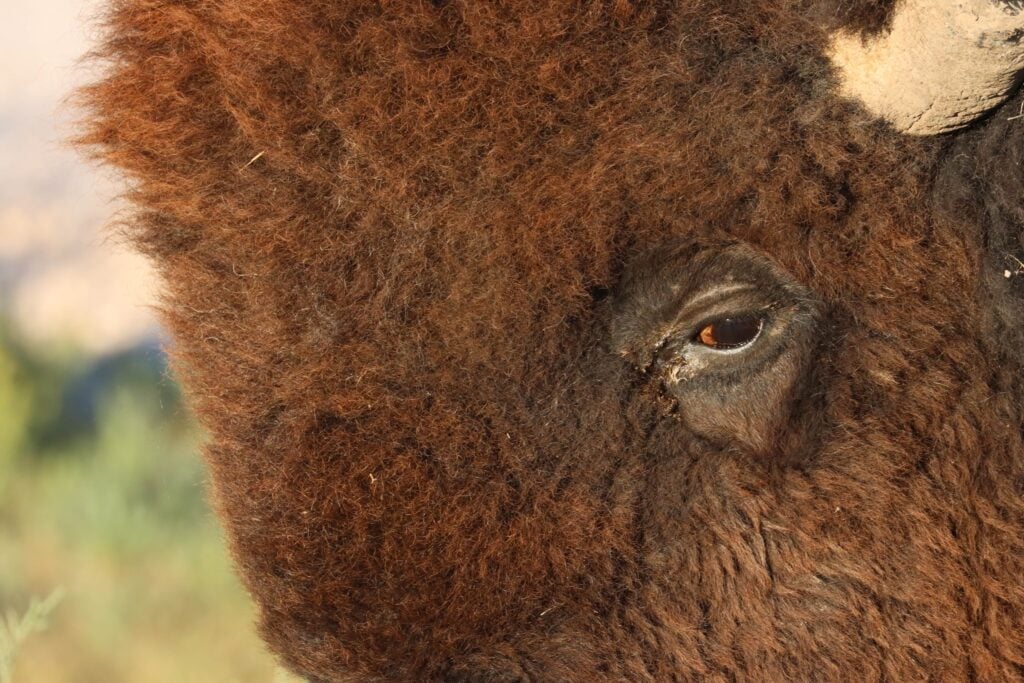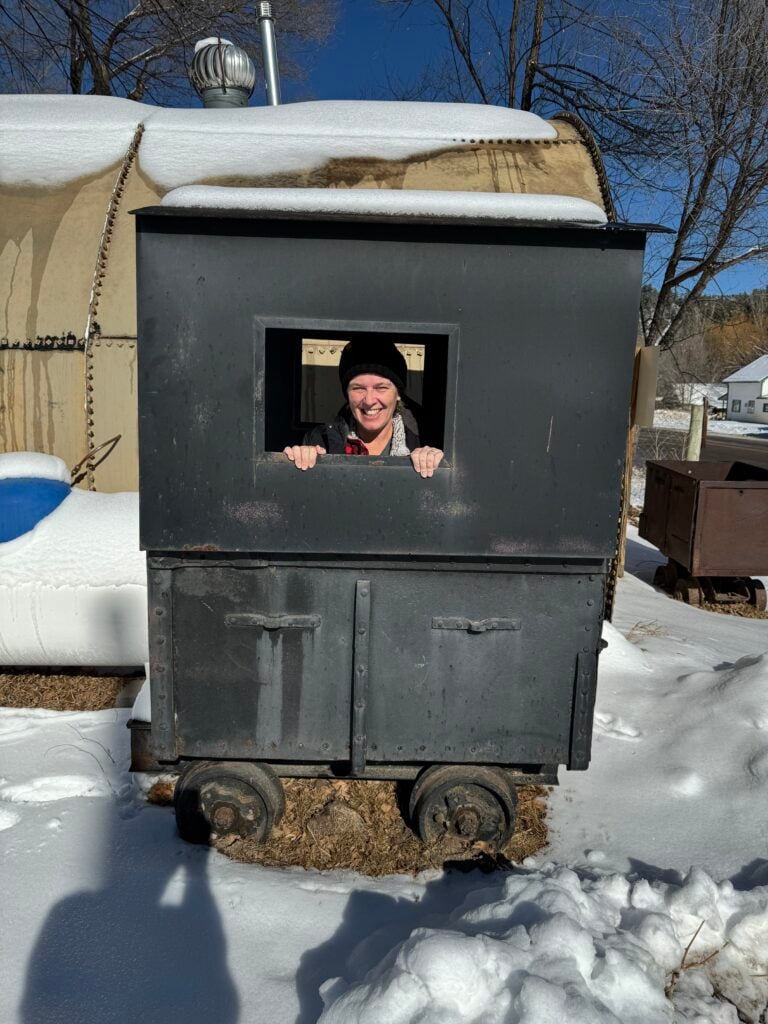Why Birds Love The Black Hills & Badlands

Why Birds Thrive in the Black Hills and Badlands
The Black Hills ponderosa pine forests support tree-dwelling birds, while the mixed-grass prairies of the Badlands are prime hunting grounds for raptors. Wetlands and reservoirs serve as resting and feeding stations for waterfowl and wading birds. Combining these unique ecosystems creates an avian paradise, ensuring a steady influx of birdlife throughout the year.
The Incredible Diversity of Bird Species in the Skies of the Black Hills
Custer State Park
This sprawling park is home to diverse bird species year-round. Lakes, streams, and meadows attract waterfowl, while pine forests provide habitat for woodpeckers, nuthatches, and raptors. Look for bald eagles soaring above Stockade Lake or red-tailed hawks perched in the trees along Wildlife Loop Road.
Wind Cave National Park
With its mix of grasslands and forested hills, Wind Cave National Park supports an array of bird species. Prairie birds such as western meadowlarks and lark buntings thrive here, while woodland birds like mountain bluebirds and pine siskins add variety to the landscape.
Badlands National Park

The skies of the Black Hills and Badlands offer an unforgettable encounter with nature’s winged wonders. Whether you marvel at a bald eagle in flight, listen to the haunting calls of sandhill cranes, or watch a tiny warbler flit through the trees, the experience is nothing short of magical.
For those eager to immerse themselves in this avian paradise, the Black Hills and Badlands provide the perfect setting. Grab your binoculars, step into the wild, and let nature’s symphony unfold before you. You never know what incredible feathered traveler you might encounter on your next adventure.
Black Hills, Badlands, and Lakes Birding Trail Guide: This guide offers detailed information on various regional birding sites, including maps and species to look for. sdou.org
Birds of the Black Hills: An informative article that discusses the diverse bird species found in the Black Hills, tips for birdwatching and key locations to visit. birdsinthetree.com
Badlands National Park – Birds: The National Park Service provides an overview of the bird species that inhabit Badlands National Park, highlighting the park’s avian diversity. nps.gov
Birding in South Dakota: The South Dakota Ornithologists’ Union offers resources and information on birding locations throughout the state, including the skies of the Black Hills and Badlands. sdou.org
Birdwatching in the Black Hills: This article highlights popular birdwatching spots in the Black Hills and provides insights into the species you might encounter. blackhillsvisitor.com
These resources should enhance your understanding and appreciation of the avian wonders found in the skies of the Black Hills and Badlands.
Daniel Milks
Owner of My XO Adventures, Explorer, Traveler, Guide
A journey through the Black Hills and Badlands skies wouldn’t be complete without exploring the rugged beauty of Badlands National Park. Here, golden eagles soar over the eroded formations, while burrowing owls can be spotted near prairie dog towns. The vast grasslands are ideal for spotting longspurs, horned larks, and migrating shorebirds.
Pactola Reservoir and Sylvan Lake






